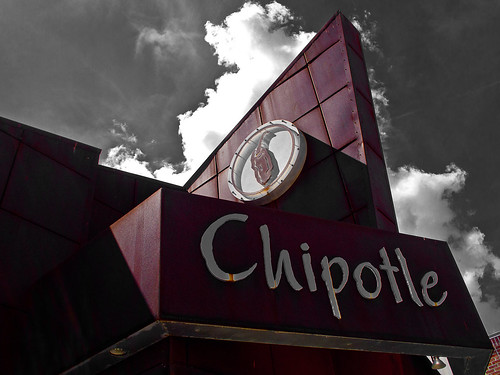
Concept: 2 out of 5
Execution: 1 out of 5
Yeah, but: Spotting NBC talent is rare, but not impossible!
The Long Version: When the ticket-taker said "wait there" and waved indistinctly down a hallway that curved out of sight, I should have realized that we were in trouble. True, disinterested and unhelpful people abound in New York in general, and its service/tourist industry in particular, but I shouldn't have been so jaded that I missed the warning signs. So perhaps in some way I'm responsible for what came later, but even while standing unattended behind a rope I still didn't see it coming. What happened next was the NBC Studio Tour, and yes, the fact that I can't link into its website in a way that avoids the animated intro should be yet another warning. But it's too late now, so let's proceed.
The NBC tour at 30 Rockefeller Plaza starts with the tour group shuffling into a small auditorium to watch a promotional video. While inside, we're told of the many upcoming delights of our visit - like no bathrooms, anywhere inside the NBC complex - and are sternly admonished to turn off our cell phones. "Not vibrate, not silent, not airplane mode: OFF." There's also Strictly No Photography, because everything we're about to see is "highly copyrighted". (That's the exact phrase that appears in their FAQ web page, which I can't link to.) I wasn't aware that copyright comes in different levels, but since NBC was recently fined millions of dollars for pirating someone else's intellectual property, maybe they know what they're talking about. Or perhaps, like some other image-based companies, they think that adding a superlative to the correct term will impress people.
With fifteen minutes of our hour-long tour now past, we were marshaled into a long queue for our security screening. Blogger Bob himself would be proud of its combination of intrusiveness and unpleasantness; if anything, the TSA screeners are more friendly and personable. The studio prohibits anything that the FAA won't allow on an aircraft, so forget about bringing that toner cartridge, but they also ban children under the age of six "for security reasons." I never realized that a preschooler could actually be used as a weapon, which must have some pretty serious ramifications for Disneyland.
Once cleared through security, the next challenge was the elevators. Our sizable group used two of them, which explained the two tour guides, and this was by far the most crowded I'd felt in the entire visit to New York. On the positive side, doing head counts and trying to squeeze everyone in provided the biggest spark of genuine enthusiasm that I saw from our guides throughout the tour. I don't know if this is because there's a betting pool going on in the staff room, or if there's a precedent of people sneaking off - I wasn't inclined to ask, and both options seem plausible.
The tour doesn't follow any established route, so it's impossible to say where it goes next. As the unlinkable FAQ points out, the building is "a very active working environment", so the tour is sent to whatever area has the least likelihood of having anything interesting happening. Not surprisingly, that turned out to be the stage for Saturday Night Live. More specifically, it turned out to be the glassed-in corridor above the bleachers for the live studio audience - but at least the hall was lined with photos, so there was a chance of seeing a publicity photo of someone famous as we hustled past. This explains why that wonderful FAQ page says that "spotting NBC talent is rare but not impossible" - although I doubt that they meant it as a double entendre.
Back through the elevators again and we're rewarded by being able to look through the glass of a dimmed control room, get shown an outdated video loop about makeup for SNL, and then the tour concludes with an audience-participation exercise involving a mock broadcast and some painful moments with a teleprompter and green-screen. There's also the mandatory souvenir prom-photo moment, with prints and DVDs available for purchase at the end of the tour.

We both felt a little stunned as we walked away from the NBC Studio Experience. I was certainly thinking it, but Penny was the first to say it out loud: "Thank Gosh for the New York Pass." That's the flat-rate tourist pass that we were using to see the city, and it meant that we hadn't actually handed over $20 - each - for the tour. I still think about all of the other things we could have done with the time, but at least that's all we were burned for.
But who knows? Maybe other people loved it; maybe it's the perfect moment for someone out there somewhere. Just because it wasn't right for me, and just because I can't conceive of who would really find this tour worth its time and expense doesn't mean that it couldn't happen. If this sounds like you, then please, please, please add a comment to say so. And never let it be said that I'm not an optimist.






















































